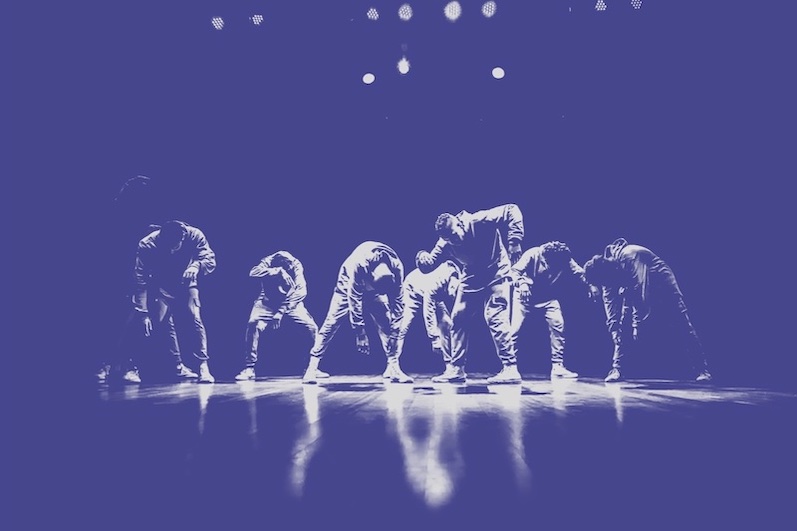What is it about?
In this article, we explore the advantages and disadvantages of using a visual timeline method to capture our research participants' appraisal of impact and associated coping strategies related to their career transitions.
Featured Image

Photo by airfocus on Unsplash
Why is it important?
In the article, we suggest a number of benefits to this approach. 1. The visual timeline method enables the history and context of individual stress appraisal and coping strategies to be explored over time and context. This is crucial to the design of effective stress interventions. 2. The visual timeline method may offer practitioners offering advice or guidance on career transitions and / or stress management, an alternative way of gathering data. 3. The visual timeline method may be useful in working with individuals and organizations coping with change.
Perspectives
The method was positively evaluated by participants, who found the experience enjoyable and beneficial, so it may elicit more engagement from participants than traditional methods (such as surveys) for gauging employee responses to career transitions, individual and organization change, and stress management interventions.
Angela Mazzetti
Newcastle University
Read the Original
This page is a summary of: Evaluating a visual timeline methodology for appraisal and coping research, Journal of Occupational and Organizational Psychology, September 2012, Wiley,
DOI: 10.1111/j.2044-8325.2012.02060.x.
You can read the full text:
Contributors
The following have contributed to this page







